Visiting the mythical ruins of Angkor in Cambodia was at the top of our world tour bucket list. It was even better than expected! We came to Cambodia mainly for this, but we found much more to discover in Siem Reap and around. We were deeply moved by Cambodia and we advise you to take the time to visit beyond the temples, you will not be disappointed.
To begin with, Angkor Wat is just one of the many temples in the archaeological site of Angkor and it is not the only one that will impress you. Therefore, plan to take the time to visit many temples.
The temples of Angkor were built between 800 and 1220 AD, with the help of thousands of elephants. Originally built as places of worship for the Hindu religion before becoming Buddhist in the 14th century, temples are still used for religious practices today. Angkor Wat, a UNESCO World Heritage Site, is the largest religious monument in the world. It is even visible from space! Almost every year new temples are discovered in this ancient capital of the Khmer Empire.
In this article you will find:
- A practical guide with tips for visiting the temples
- The temples visit : the small circuit, the grand circuit and Banteay Srei temple and its surroundings
- The Angkor National Museum
- A show about Angkor history
- More tips: Where to stay and where to eat? How to get there from Thailand?
Finally, we talk about our impressions of Cambodia and as usual Clémentine’s reading list. Also find our article about the city of Siem Reap, located near Angkor, the ideal base to visit the temples.
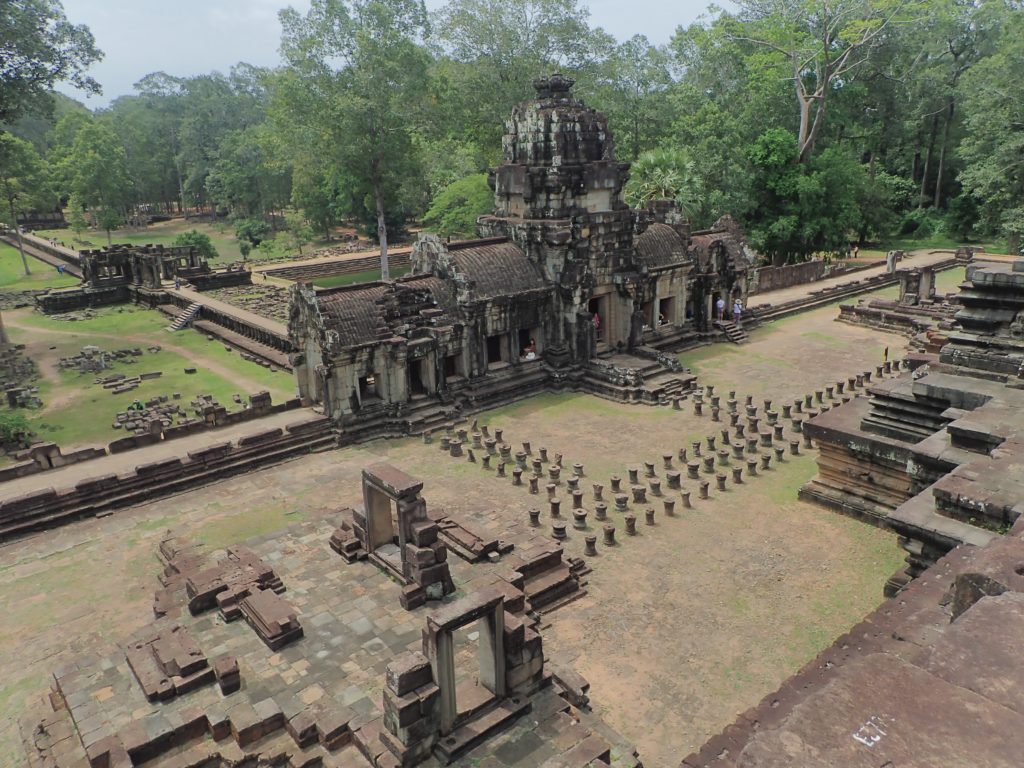
Practical guide with tips to visit the temples of Angkor
Which ticket / pass to choose?
Let’s begin with the first question: which of the three ticket option to pick? There are indeed pass for 1, 3 or 7 days which are sold respectively for $37, $62 and $72. After much hesitation, we opted for the 7 day pass, because we are big fans of ruins and history. In the end, we only used four of our seven days (also because there is so much to do in and around Siem Reap).
We would recommend to buy the 3 days pass. The 7 day pass is interesting only if you are really passionate about ruins and do not want to do other activities or if you have about ten days or more to spend in Siem Reap. On the other hand, for us, the 1 day pass is really not enough to take full advantage of this beautiful archaeological site.
Tickets are purchased at the Angkor Park Pass Ticket Counters and are valid 10 days for the 3 days pass and 1 month for the 7 days pass (you can take a break between the archaeology days).
Transport from Siem Reap to Angkor
If you are staying in town (which we recommend) you will need to find transportation to get to the archaeological site. It is possible to do it by bike (and even enter some sites on a bike) which is what we wanted to do initially. However, the nearly 40°C quickly convinced us to abandon this idea!
Thus, we opted for the most popular solution: the tuk-tuk. Prices are very affordable (and negotiable) and we recommend the experience. The arrangement was made in our case with our hotel but you can negotiate directly with a driver in the street. We had the same driver every day, he was very accommodating and gave us a lot of information about the temples. We have also been fortunate to be able to discuss with him, with a lot of emotions, about the living conditions under the Pol Pot regime until the present day. Ideally, try to have a driver who has some knowledge about temples and history and with whom you can communicate in English or French.
There is also the option of taking part in a tour, which may be financially better if you do not have anyone to share the price of the tuk-tuk but less flexible. We noted that in Cambodia, unlike the other Asian countries we have crossed, driving is on the right side of the road.
The toilets in Angkor
Important point: pay attention to toilets scams! Public toilets, in very good condition, are available free of charge throughout the sites upon presentation of your pass. Those are indicated with a blue sign. No need to stop in the private toilet you come across which you have to pay for and are very poorly maintained.
When to visit Angkor and Siem Reap?
We visited Siem Reap in July which corresponds to the beginning of the rainy season. Over a week, we had only one or two days of rain and very good weather the other days. In addition, it never rained all day, it was usually a big downpour that does not last very long. However, the temperatures were very high, on average 30°C but it rose for us up to 38°C.
The ideal time to visit is from November to March when the temperatures are cooler. This also means you will be able to rent bicycles to visit the temples.
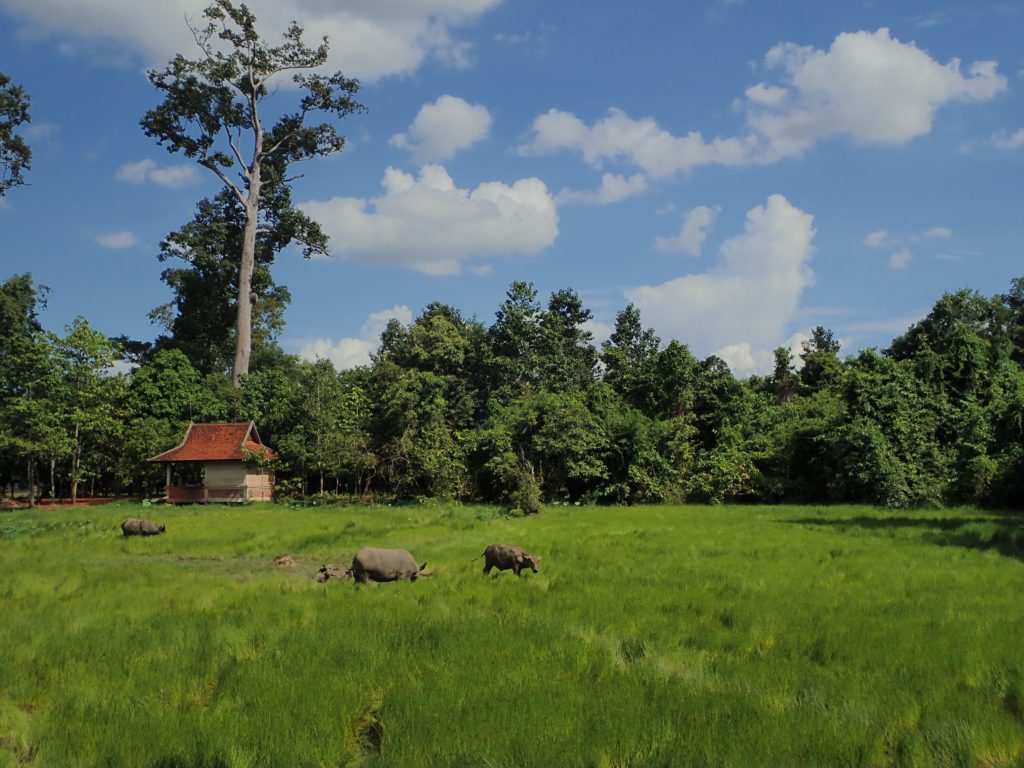
Angkor tour: the small circuit
This one-day tour called the “small circuit” will take you to many temples including the most famous ones such as Angkor Wat or Ta Phorm (where was filmed Lara Croft: Tomb Raider). All tuk-tuk drivers should understand the terms “small circuit” or “grand circuit” but do not hesitate to confirm the route beforehand with a map in hand.
Angkor Wat: sunrise
The temple of Angkor Wat is a national pride and is even included on the Cambodian flag. It is also, by far, the most famous of the Angkor temples worldwide.
Our day on the small circuit started with a sunrise on the temple of Angkor Wat. We left our hotel at 4.30am, unfortunately the sun was hiding behind the clouds. However, the show remained incredible and we were able to observe the temple under different lights.
For the best photo spot, we advise you to arrive early or just after sunrise when the crowd is spreading around the temple. There were many tourists at the pools, however we went to the left one which was under construction while the majority of tourists were piling on the pool on the right side.
As the sunrise was cloudy we headed to the temple before the end and were lucky to be among the first to get inside. Allow at least 2h – 2h30 for the visit and do not hesitate to explore the surroundings.
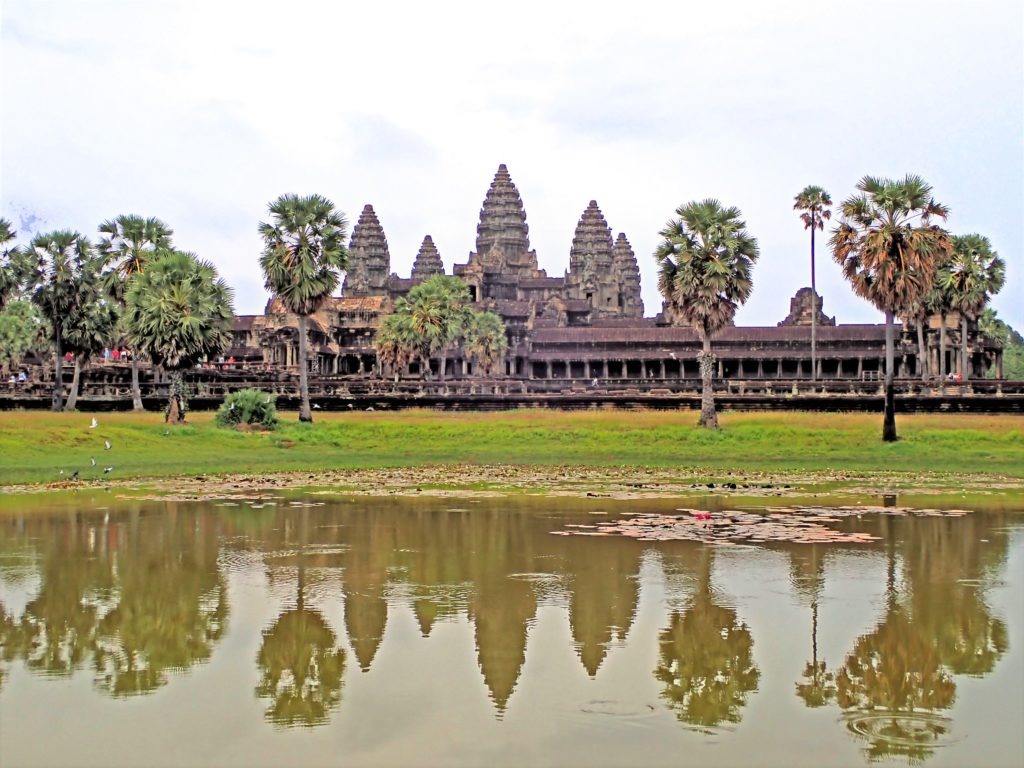
Angkor Thom and the surrounding temples: Tep Pranam, Baphuon, Phimeanakas.
We then went back on the tuk-tuk to go to Angkor Thom. With its 49 towers, Angkor Thom seems very messy from the outside but is incredible to visit once inside. All the towers have 4 faces oriented towards the 4 cardinal points.
From Angkor Thom, we walked to Tep Pranam where we found our tuk-tuk driver waiting for us.
After visiting Angkor Thom, we headed to the temple of Baphuon and its impressive bridge. The Buddha lying on this temple is gigantic (so big we had a hard time seeing it and simply thought it was a wall of the temple), it is amazing!
Then, we went through Phimeanakas temple and its red / pink colours. Finally, we visited the elephants terrace and its impressive sculptures.
For us, Angkor Thom temple and the surrounding temples are absolutely sensational!
Responsible tourism and animal welfare
At Angkor Thom we saw, to our greatest sadness, our first elephants ridden by people. In this case, these people were tourists.
Do not be tempted to take selfies or ride elephants in front of the temples. The treatment they undergo to be dressed is absolutely inhuman and to take part in such activities is to encourage this practice. In general, when travelling, when you are offered to take pictures, touch or ride on animals we strongly advise you to refuse. The reason being these animals exploited for tourism are often mistreated. Moreover, we think no animals should be exploited.
If you want experiences with local animals, there are alternatives like visiting shelters and sanctuaries such as the very good Angkor Center for Conservation of Biodiversity (ACCB).
Ta Keo temple
After all of this, we stopped at the Ta Keo High Temple. It is said the construction stopped after the temple was hit by lighting, which was considered as bad omen.
We had lunch there in one of the small restaurants.
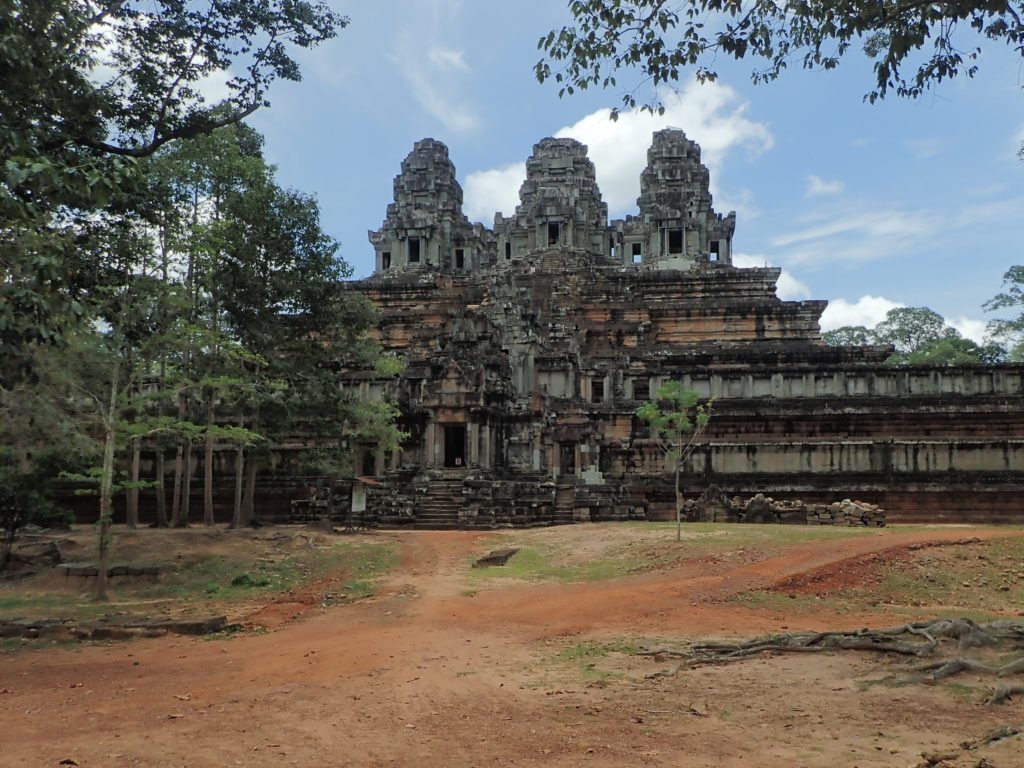
Ta Phorm: Tomb Raider temple and Banteay Kdei
Our next stop was the Ta Prohm temple. This temple is the one used for the filming of the movie Lara Croft: Tomb Raider in 2001. Angelina Jolie has been popular and very respected in Cambodia since then as she worked on other projects and charities after falling in love with the country.
In this temple, nature has claimed its rights back and we loved going through the constructions in the middle of the giant tree roots. Renovation are undergoing at the moment so come quickly if you would like to feel like an explorer in this falling apart temple.
The last visit of this very busy day was the Banteay Kdei temple, less busy but equally interesting.
Angkor tour: the grand circuit
This tour called the “grand circuit” is the one by which we started our visit of Angkor on our very first day. It takes 6-7 hours to complete this loop. We chose to visit the less touristic temples first to immerse ourselves in the mood gently and keep the pleasure of Angkor Wat for the end.
Preah Khan temple
We started the circuit with the Preah Khan temple. It is a very impressive and interesting Buddhist temple to explore.
Preah Neak Poan temple
Then we stopped at the Buddhist temple of Preah Neak Poan and its amazing pools (empty for us but they do fill up as the rainy season progress).
Ta Som temple
The last Buddhist temple we visited was Ta Som. The tree at the end of the temple covers the entrance and it is striking!
Mebon and Pre Rup temples
Then our driver took us to the Hindu temples of Mebon and Pre Rup, very similar because those were built by the same king. Mebon temple is wider and easier to climb. The elephant statues are spectacular. Pre Rup is higher and offers a very impressive view of the surroundings. It is also possible to admire the sunset from there.
Prasat Kravan temple
Finally, we made a final stop at Prasat Kravan to admire the sculptures carved in the bricks.
Where to watch the sunset in Angkor?
We have tried the sunset experience from the Phnom Bakheng temple overlooking Angkor Wat. This spot offers breathtaking views of the area (but with the Angkor Wat temple in your back). Unfortunately, again, the weather wasn’t good. If you choose the same place for the sunset, be sure to arrive early (around 4pm – 4:30pm) during the high season because the number of people is limited to 300. It is also possible to observe the sunset from other temples including Angkor Wat or Pre Rup.
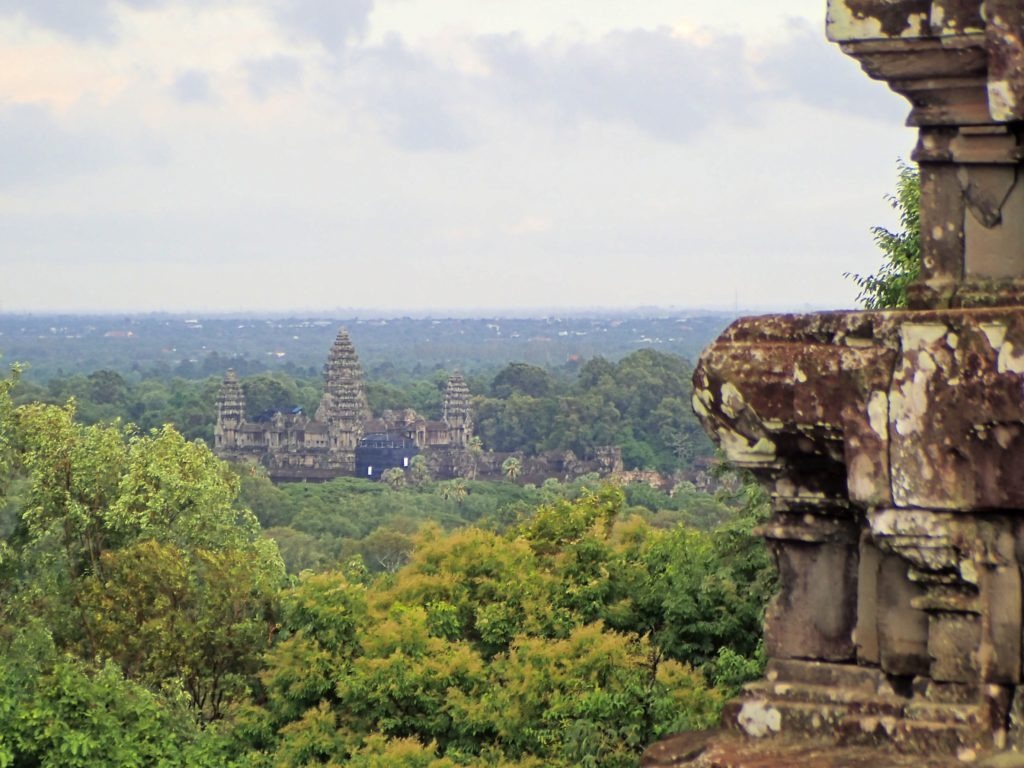
Banteay Srei temple and the surroundings
We spent a day visiting further north of Angkor to access more remote temples.
Angkor Center for Conservation of Biodiversity
The day began for us with a visit to the Angkor Center for Conservation of Biodiversity (ACCB). It is a NGO rescuing animals poached or hurt due to human activities. They are taking care of the animals and reintroducing them into the wild. The centre focuses on Cambodian native animals and does a lot of educational work, especially with schools. They do an excellent job of conservation and education in this part of the world where medicine and traditional beliefs sometimes involve feeding on endangered species. We found the tour to be very interesting and rewarding and were surprised not to see more tourists there.
The minimum donation for the visit is 3 dollars. Be careful, it is only possible to visit with a guide at 9 am and 13 pm from Monday to Saturday, more information on their website.
Kbal Spean
After this visit and directly from the same car park, we climbed the 1.5km up the river / waterfall to the carved riverbed. A nice walk and we also loved the variety and quantity of butterflies at the bottom of the waterfalls. Plan enough water and take the time to walk along the river on each side so you do not miss anything.
Banteay Srei temple
Then we explored Banteay Srei. It is a Hindu temple dedicated to Shiva, and it was one of the first restored temples of Angkor Wat. The sculptures and engravings of this temple are the most impressive we have seen. We also went around the temple to enjoy the beautiful Cambodian nature.
Cambodia Landmine Museum
Finally, we finished our day with a visit to the Cambodian Landmine Museum. This visit allowed us to learn a lot about the recent history of Cambodia since the rise to power of the Khmer Rouge to the present day.
It is a very moving and shocking visit, which we recommend to everyone. In addition to extending our geopolitical understanding of the conflicts affecting Cambodia, this museum also shares beautiful human stories. Be it the children maimed by the mines who benefited from the program or the incredible history of the former child soldier who created the museum.
Visit Angkor National Museum
Angkor National Museum being on the road between the city and the temples it would be a shame not to stop there.
This visit gave us a better understanding of the context of the temples’ construction. It also allowed to better visualise some aspects sometimes difficult to imagine when you are facing the ruins. Allow about two hours for the visit. The entrance fee of $ 12 is high but it is an interesting tour if you want to learn more about the history of Angkor and the religions that coexist there.
Angkor history show: Angkor Dynasty Show
We highly recommend the excellent dance, sound and light show (in the style of a musical) about Angkor’s history: Angkor Dynasty Show. More information about it on our article about visiting the city of Siem Reap.
Siem Reap: where to stay and where to eat? How to get there from Thailand?
Plan some time to enjoy the city of Siem Reap: we loved it, even if you are here for the temples, it is worth it!
Find in our article on the city of Siem Reap all our advice to visit the city and its surroundings including temples, markets, cooking classes, tours of the countryside by bike, zip line activities, a circus show or even a tour to visit a stunning floating village.
We also discuss where to eat and where to stay.
Moreover, find our experience and information on the border crossing Thailand-Cambodia and our bus ride from Bangkok.
Our impressions about the country of Cambodia
Of course, like many, we came mainly for to visit Angkor and to discover the ancient history of Cambodia. However, we left thinking completely differently from this country which particularly moved us. We strongly encourage you to spend time in Siem Reap and discover more about the country’s more recent history, for example by vising the Cambodia Landmine Museum or by doing a bike tour in the countryside.
The history of Cambodia over the last century deserves to be much better known and understood, perhaps even more than the history of Angkor. Read more about this in our article about Siem Reap.
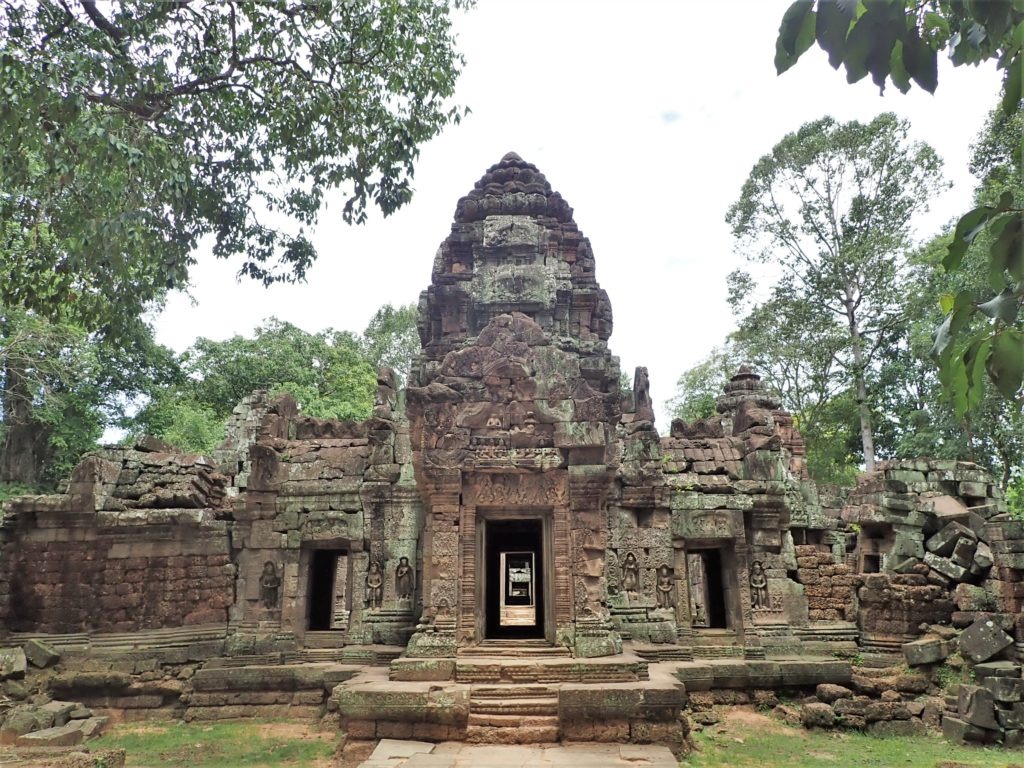
La liste de lecture de Clémentine sur le Cambodge et Angkor
- Lonely Planet Pocket Siem Reap & the Temples of Angkor. If you are travelling to different places in Cambodia we recommend Cambodia guide and if you are going to more countries in Southeast Asia you could invest in Soustheast Asia on a shoestring or Vietnam, Cambodia, Laos & Northern Thailand.
- Ancient Angkor by Claude Jacques and Michael Freeman is a reference work (including visual elements) on the temples of Angkor.
- Lara Croft: Tomb Raider, 2001, which we do not recommend for the film quality but for the scenes in Ta Prohm the temple.
If you are looking for more titles about Siem Reap and Cambodia read our article : Visit Siem Reap in Cambodia.
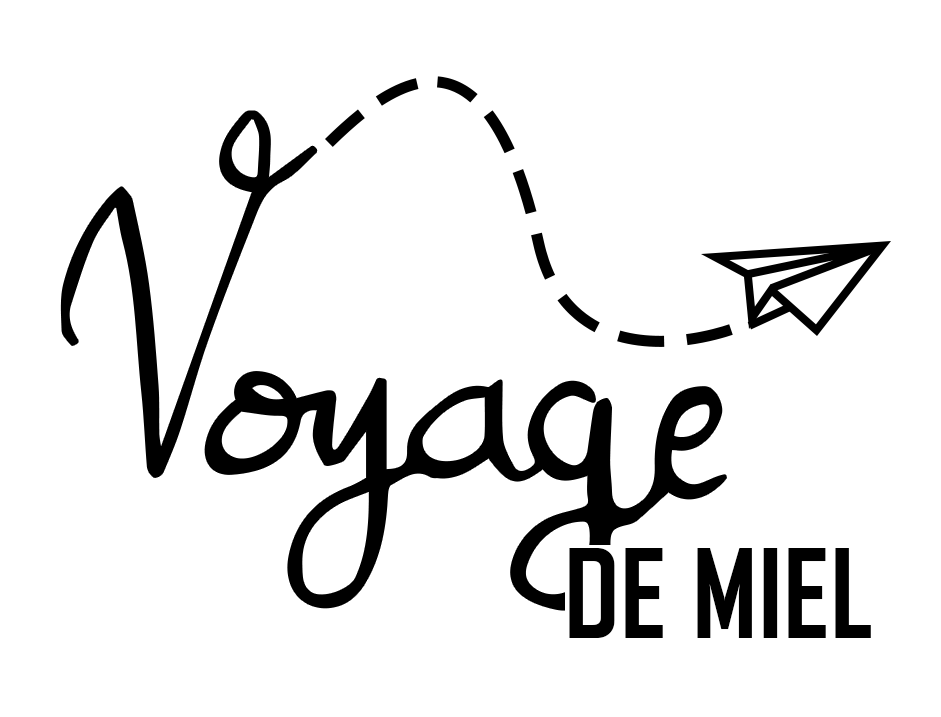
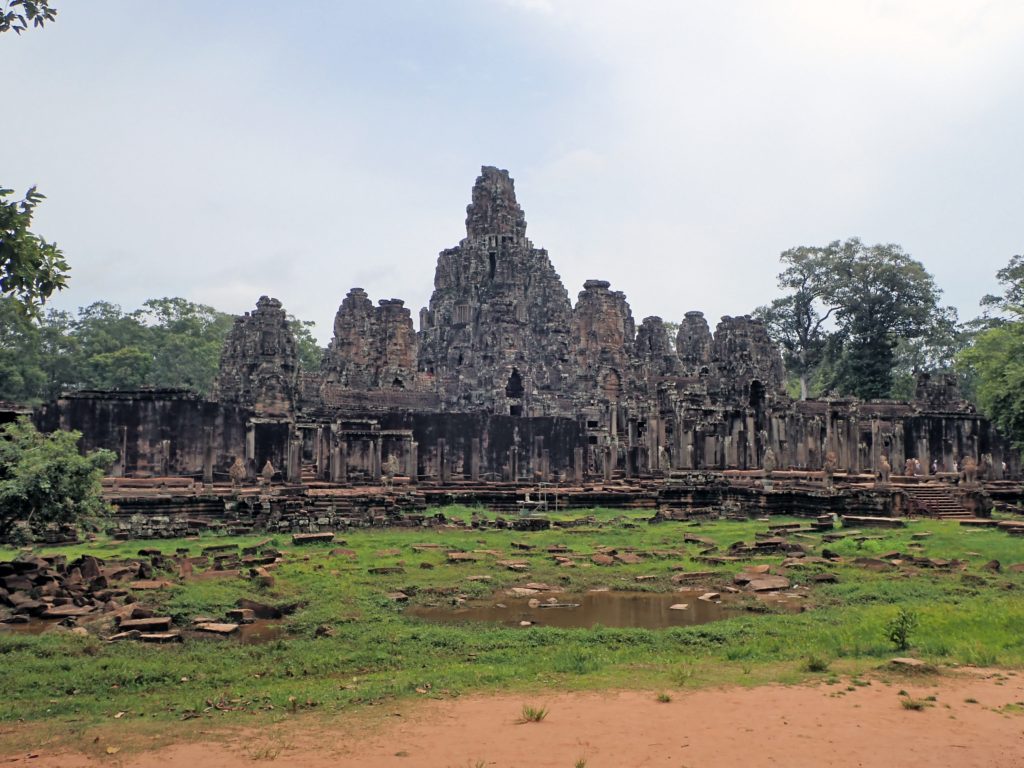
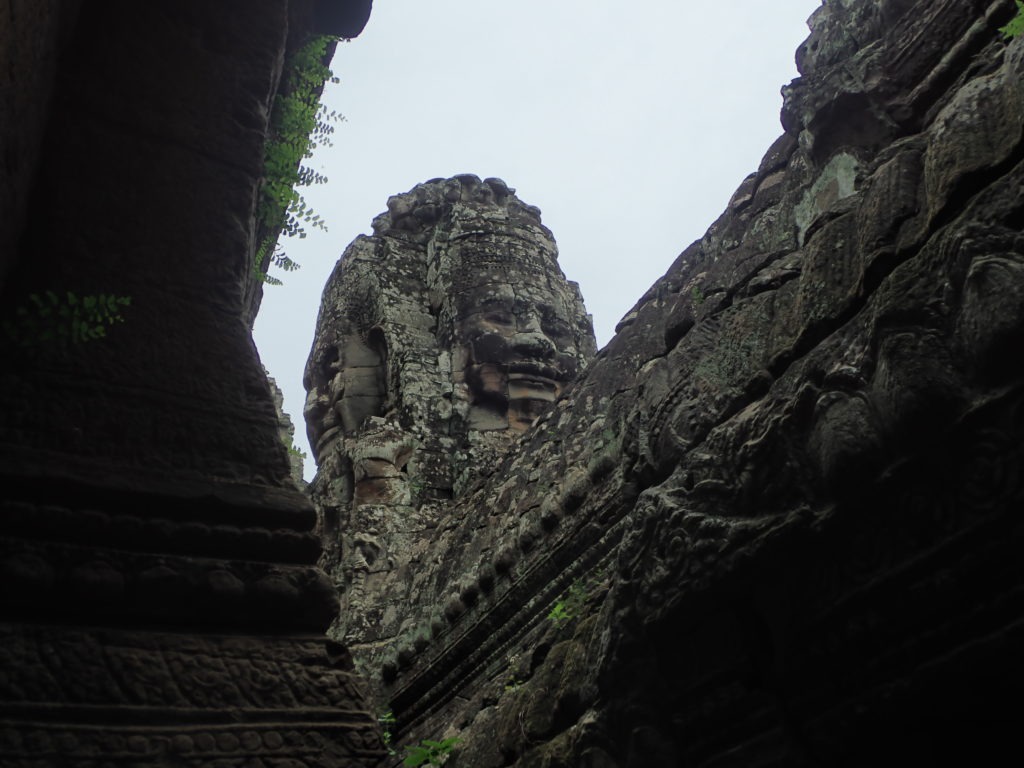
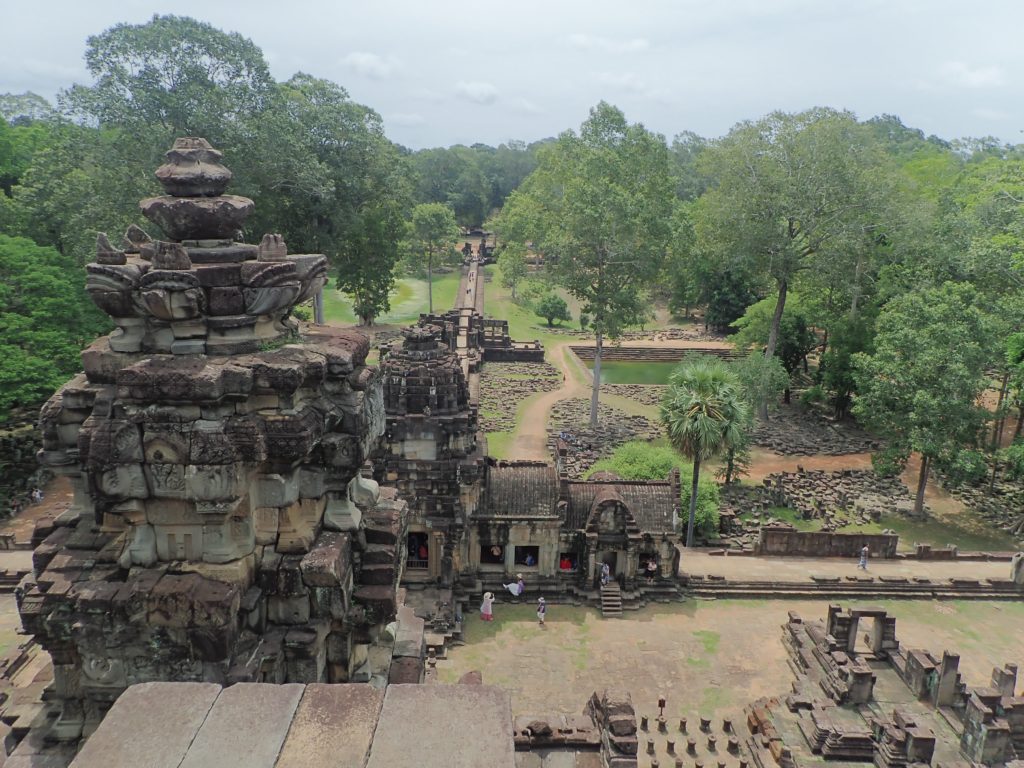
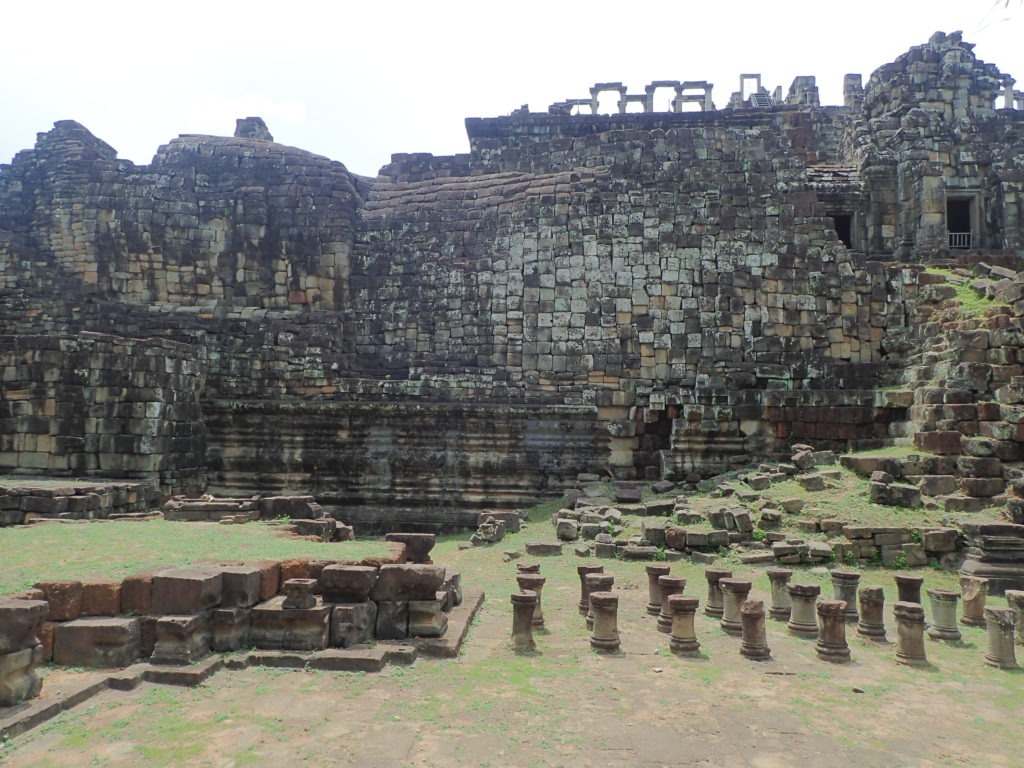
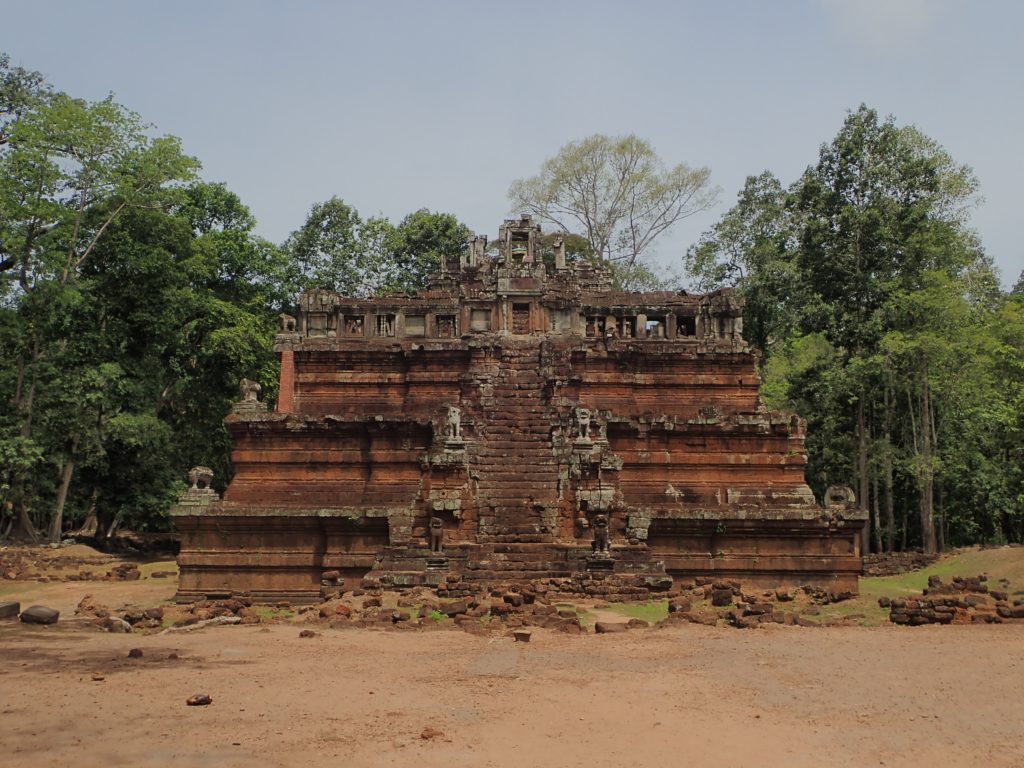
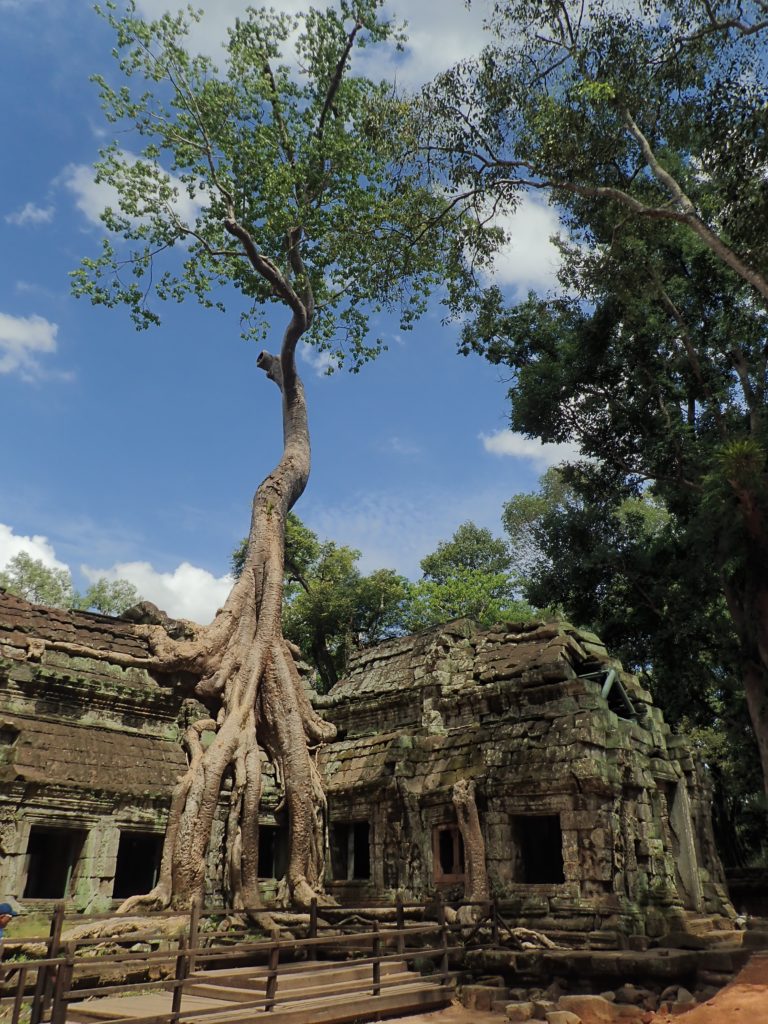
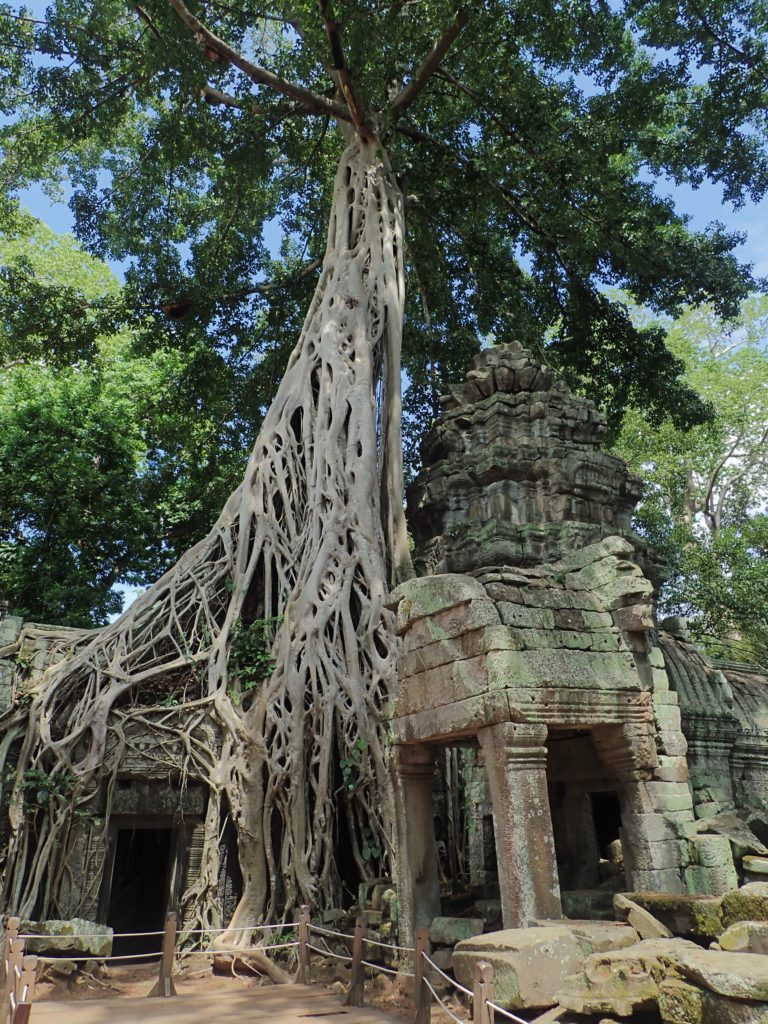
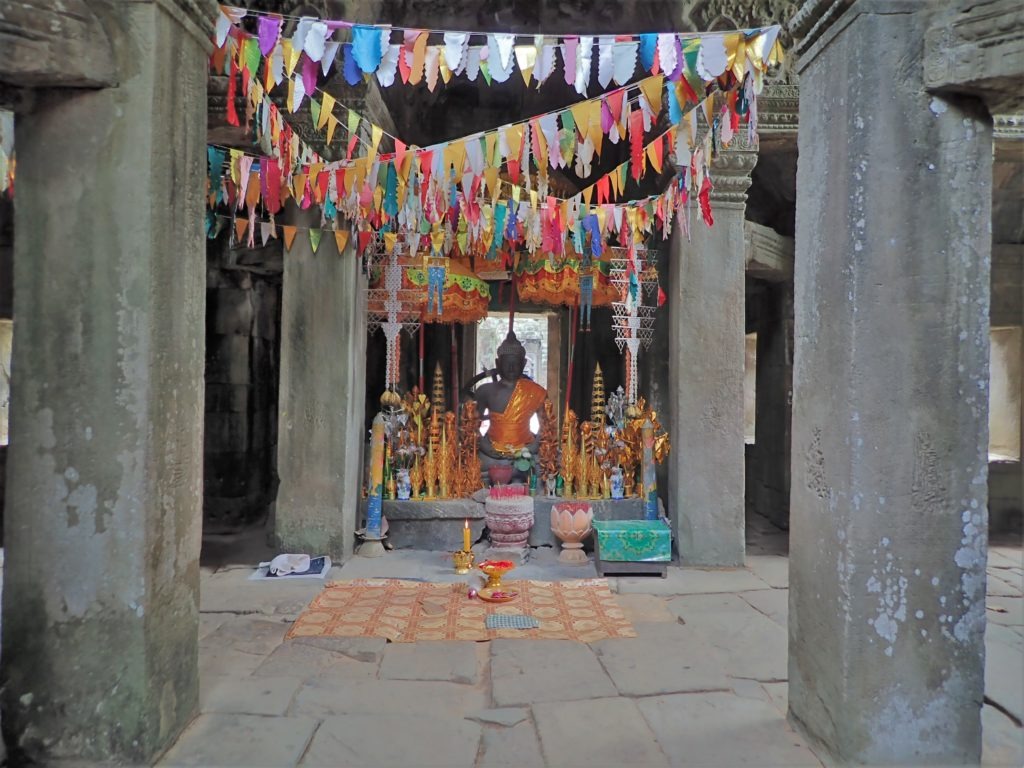
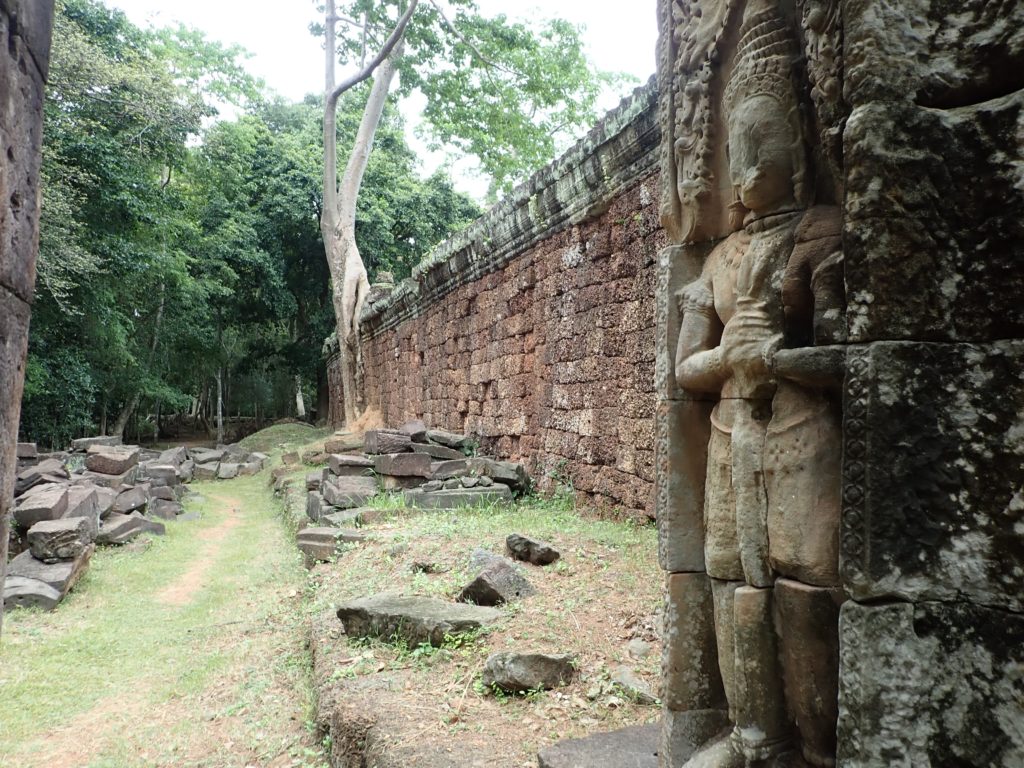
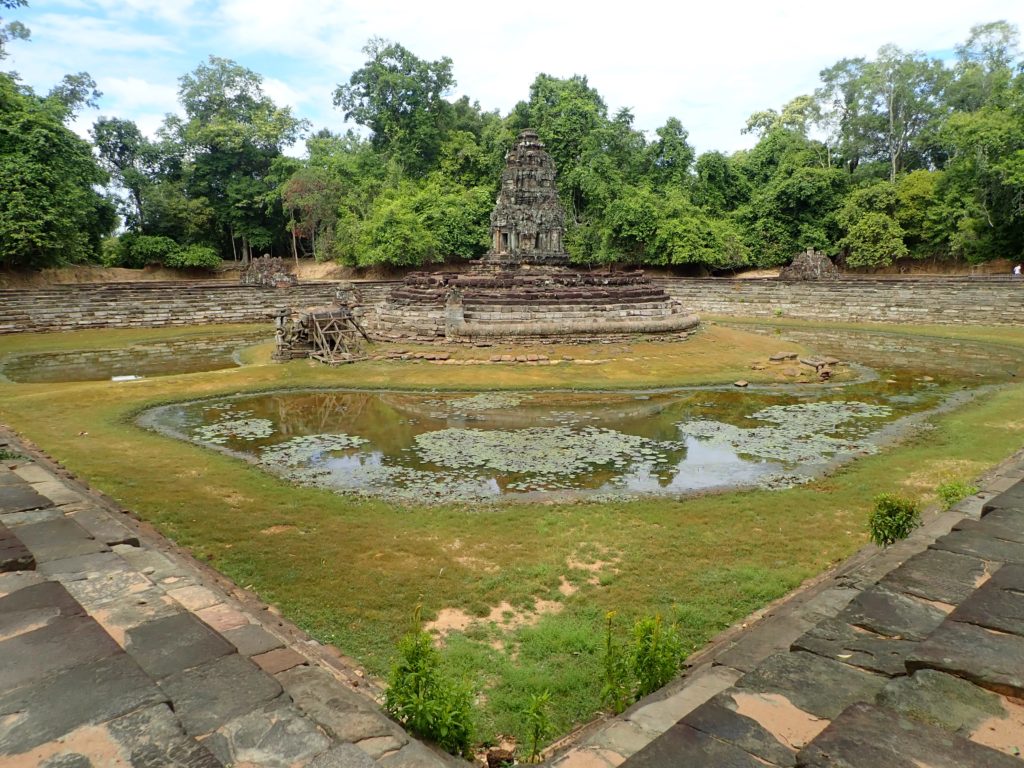
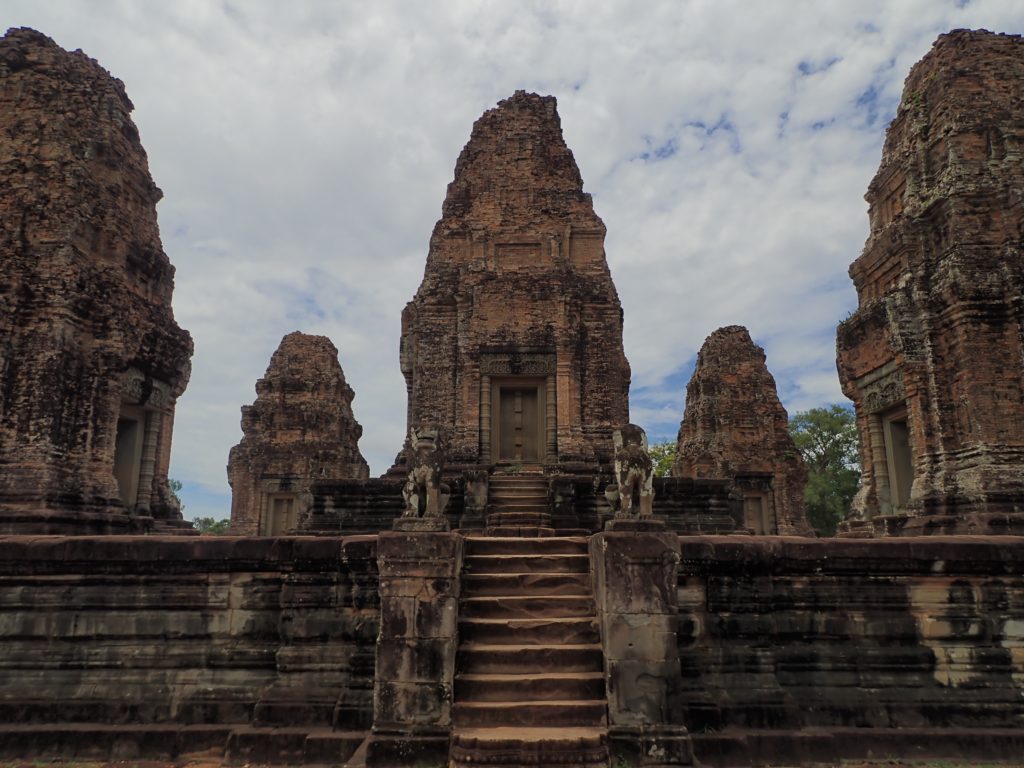
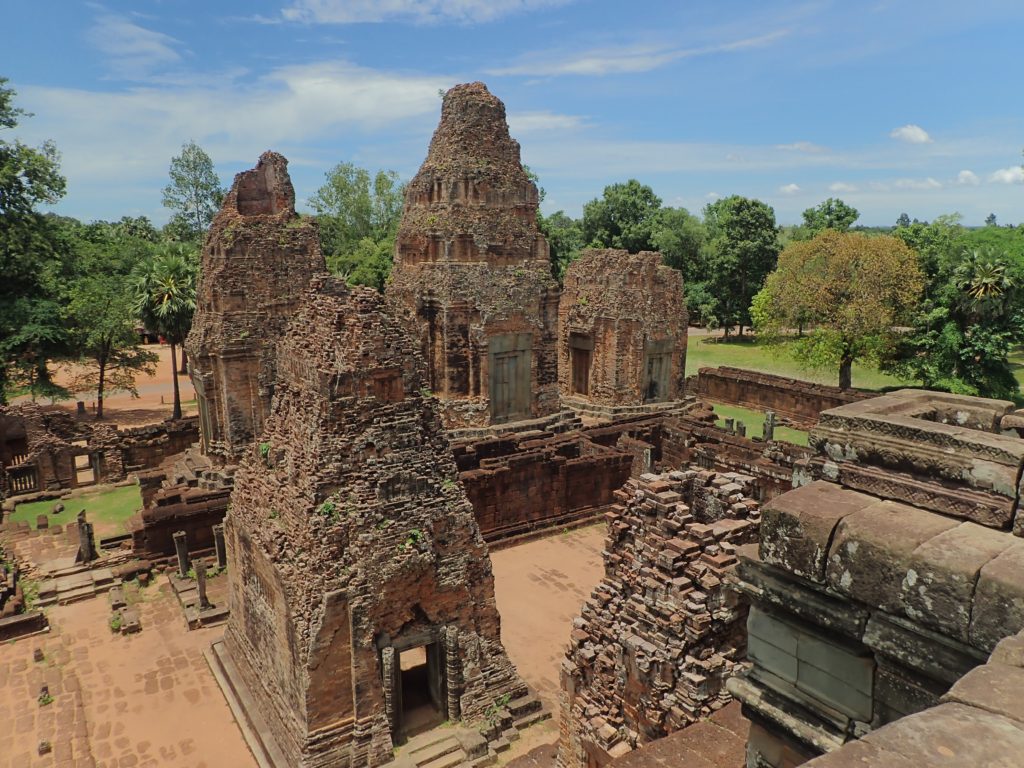
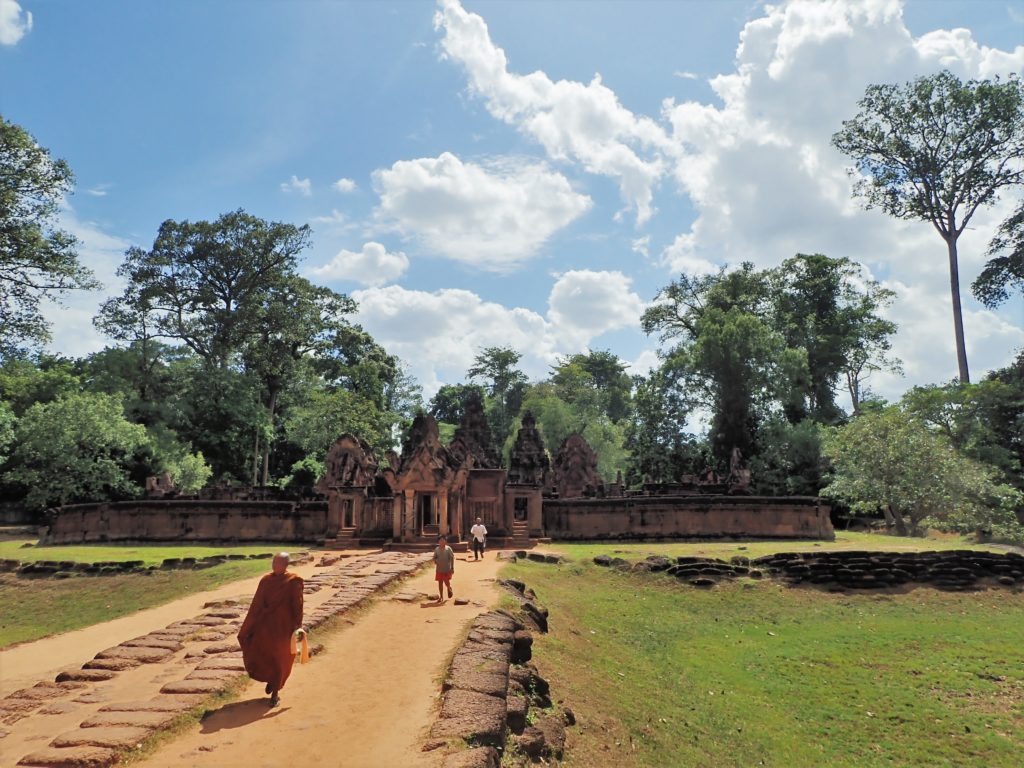
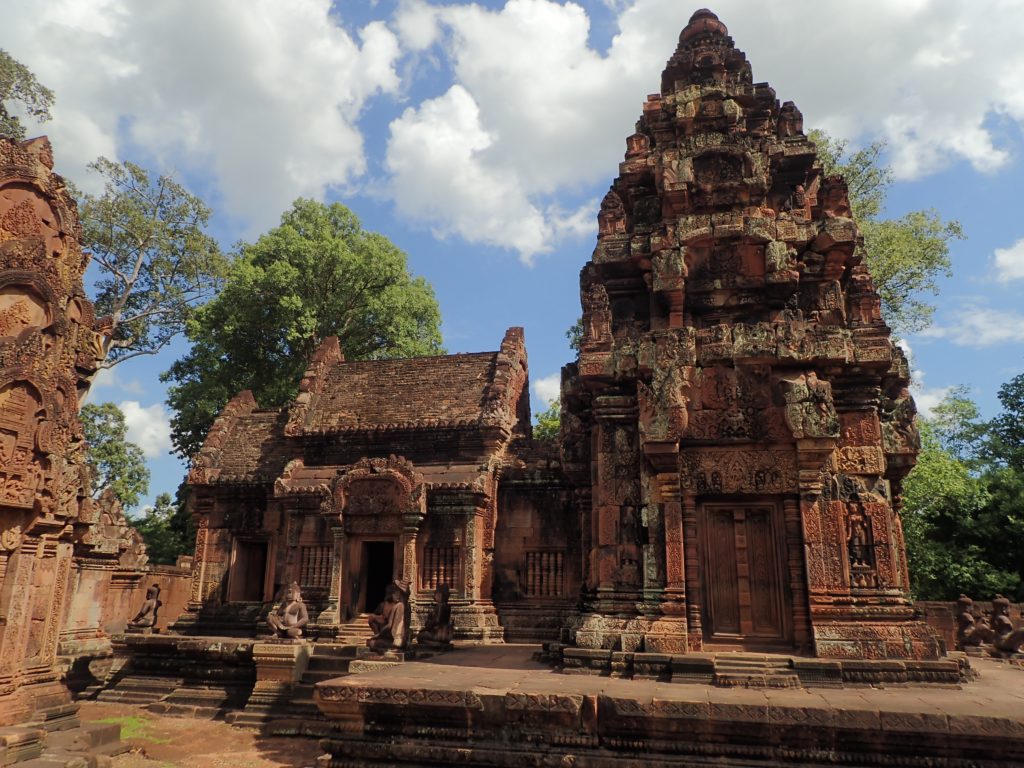
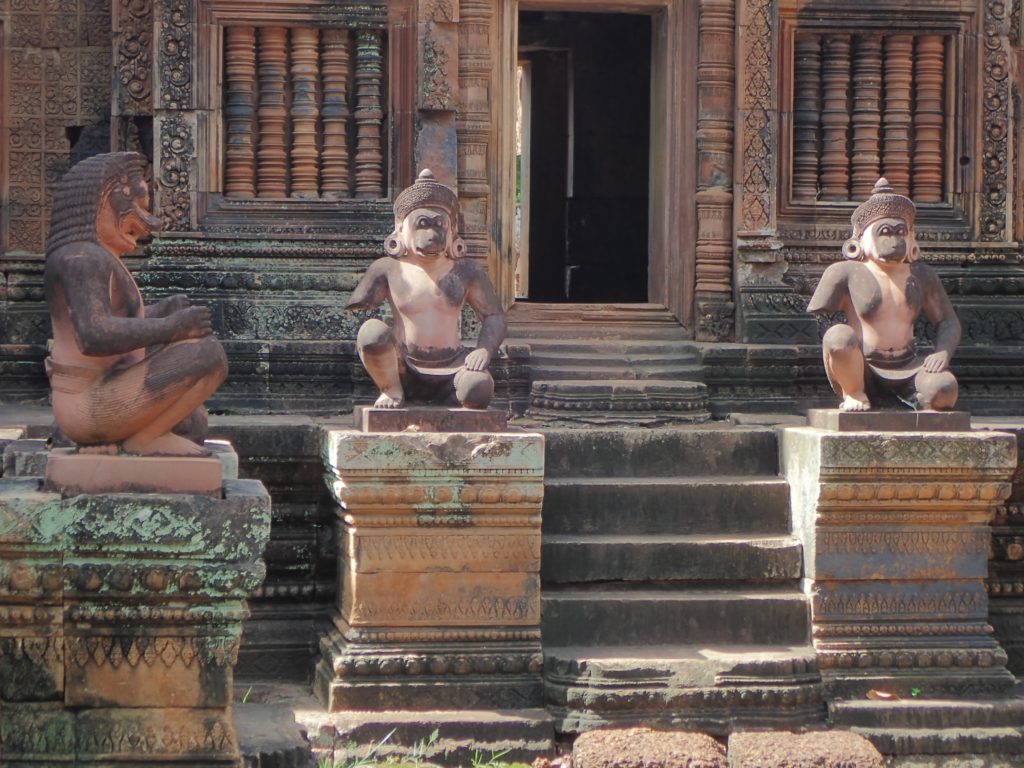
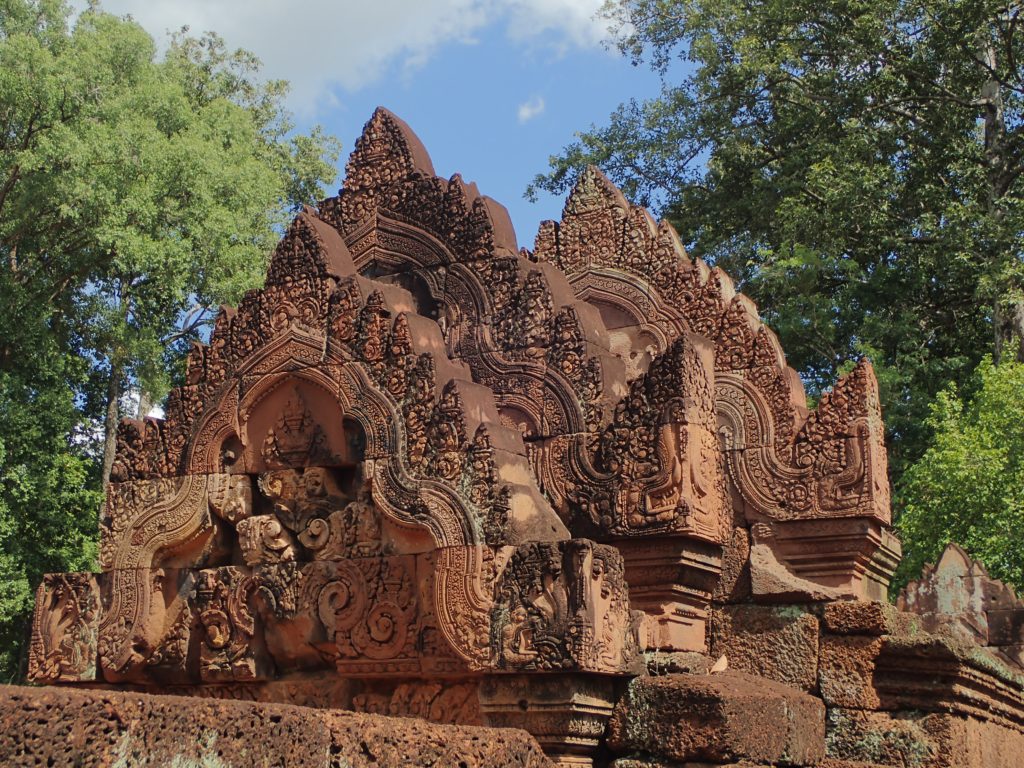
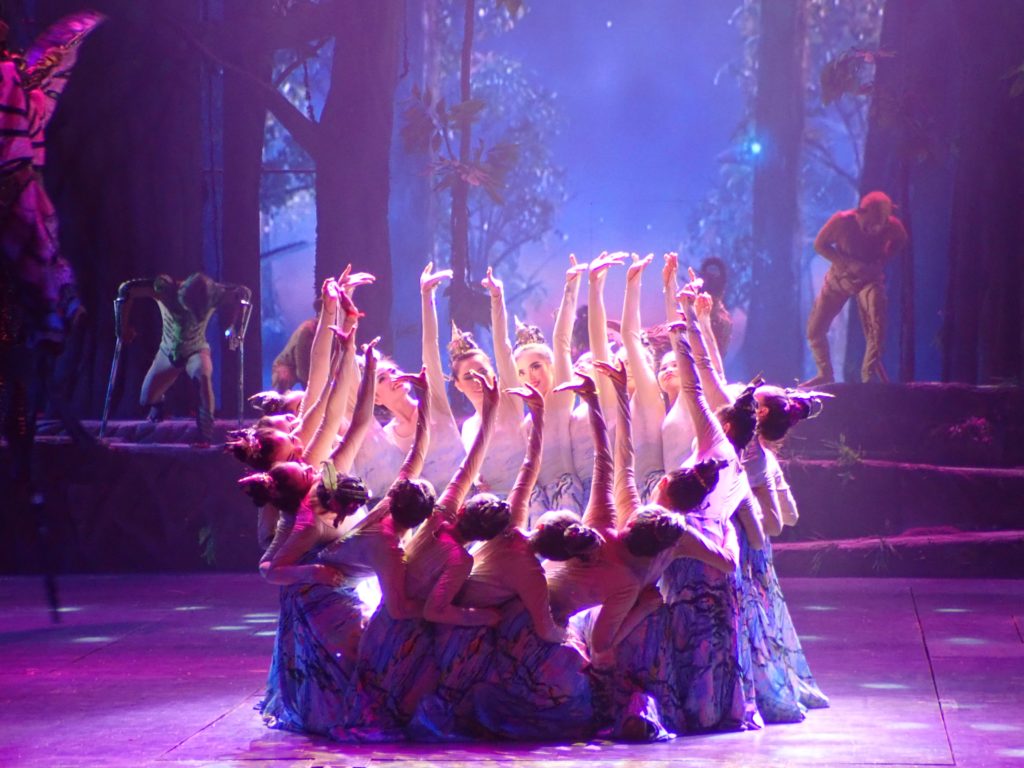
No Comments